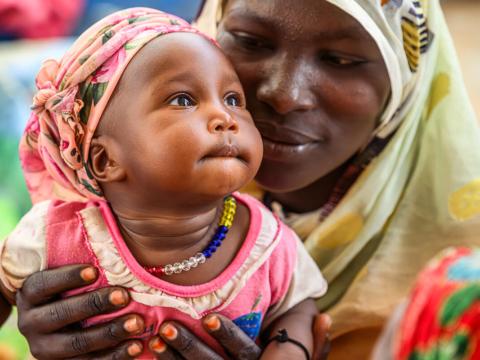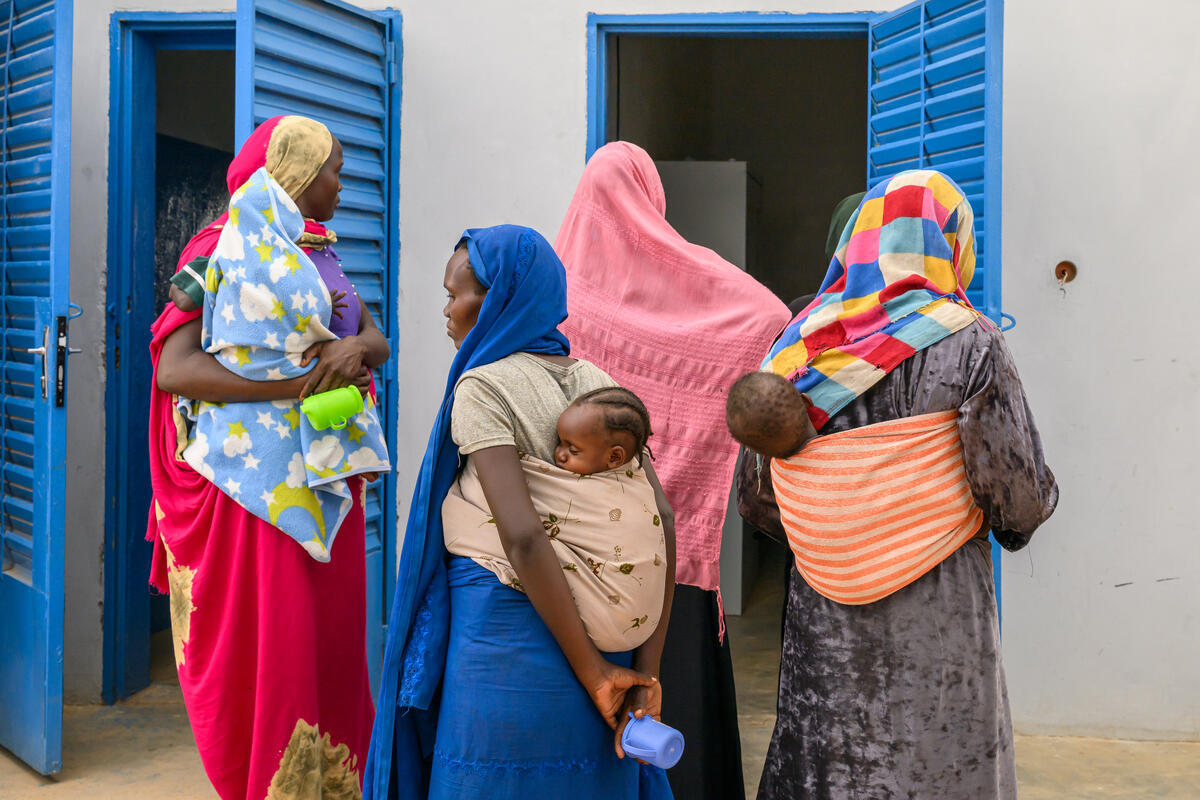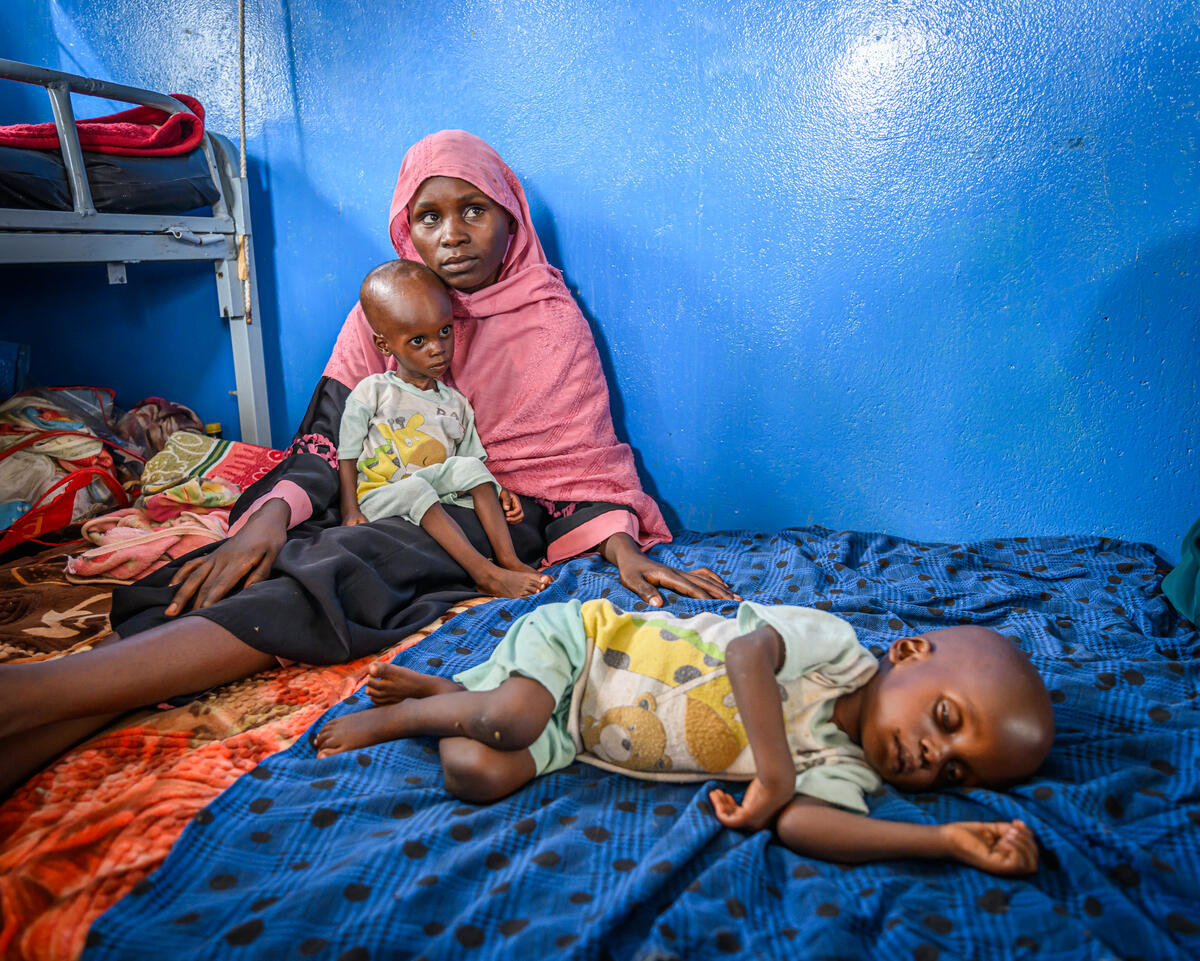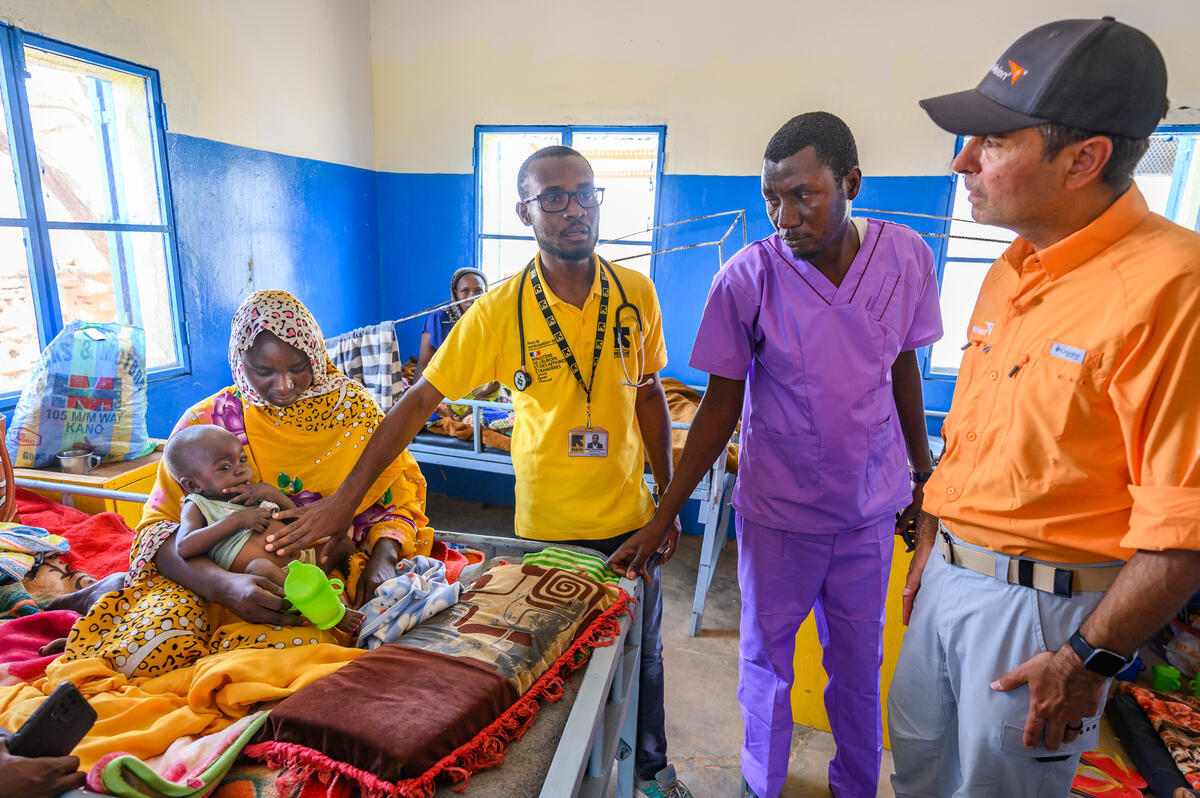Adam and Adeeb

As told to Kari Costanza, World Vision USA
Farchana, Chad, is a bumpy 90-minute drive away from the border crossing at Adré, where thousands of Sudanese refugees, mostly mothers and children, are crossing into Chad. Farchana is home to a large population of Sudanese refugees, mostly from West Darfur. The first camp opened here on January 17, 2004, during the conflict that claimed the lives of more than 200,000 Darfuri and drove another 2 million from their homes. Since then, there have been two extensions to the Farchana camp as more refugees arrive. Living conditions are harsh, with food and water hard to come by.

Tahani, age 20, and her 21-month-old twins, Adam and Adeeb, are among refugees at the camp’s nutrition center. They left El Geneina in Sudan last June (2023) because of the conflict. Their memories of what happened, though, are awful. “When I started [to flee], I faced shooting and people killing people on the road,” says Tahani. “Houses were on fire and villages. I carried one and a relative carried the other one.”
Dr. Albachir, the physician who runs the nutrition center, says they are treating the twins with a fortified milk called F-75. “For Adam, [the problem] is severe malnutrition with diarrhea,” he says. Adam’s weight dropped overnight. This morning, he only weighs 13 pounds. “I am worried, but we can’t control it,” he says. “In the severe cases, the patient’s weight doesn’t increase for three or four days.” He says the F-75 will help Adam’s kidneys and liver begin to function properly again.

Adeeb cries weakly in his mother’s arms. A fly lands on Adam’s face. His eyes are open. He doesn’t brush it away.
The babies were sick last June but are now severely malnourished. “I need help. I’m most worried about Adam.” Adam mewls in her arms. “He refuses to eat. I didn’t have milk to breastfeed them.”
The doctor works with five nurses, serving a population of thousands. “It is very difficult,” he says. I am afraid for two reasons: Every day we have a new patient with malnutrition.” On this day in June 2024, 11 children are packed into a small space with their mothers. There is barely enough room to turn around. And second reason he is afraid: “Electricity. None. Every day we have a child who needs oxygen. But with no electricity, we can’t give them oxygen.” The busy hospital has just one ambulance.

“You need energy,” he concludes. “At any time, they call me I come. Seven days a week, 24 hours a day. Daytime. Nighttime. They call me and I come.” He comes for the children. “They could die at any moment,” he says.
In Farchana, World Vision is partnering with the World Food Programme and is identifying severely malnourished children. World Vision has school feeding programs in four camps, including Farchana.
This case study is part of a larger report. Please click here to check it.